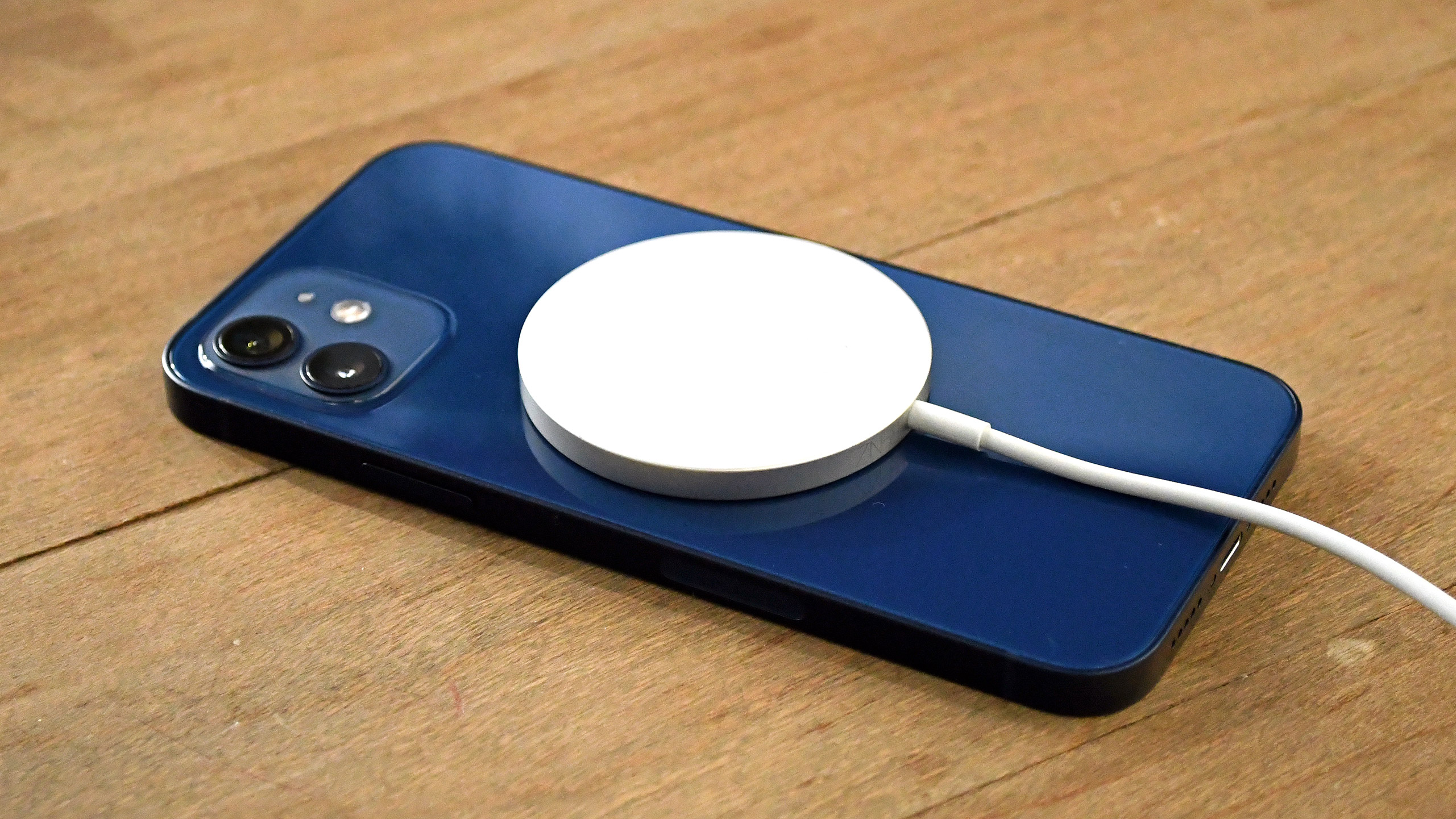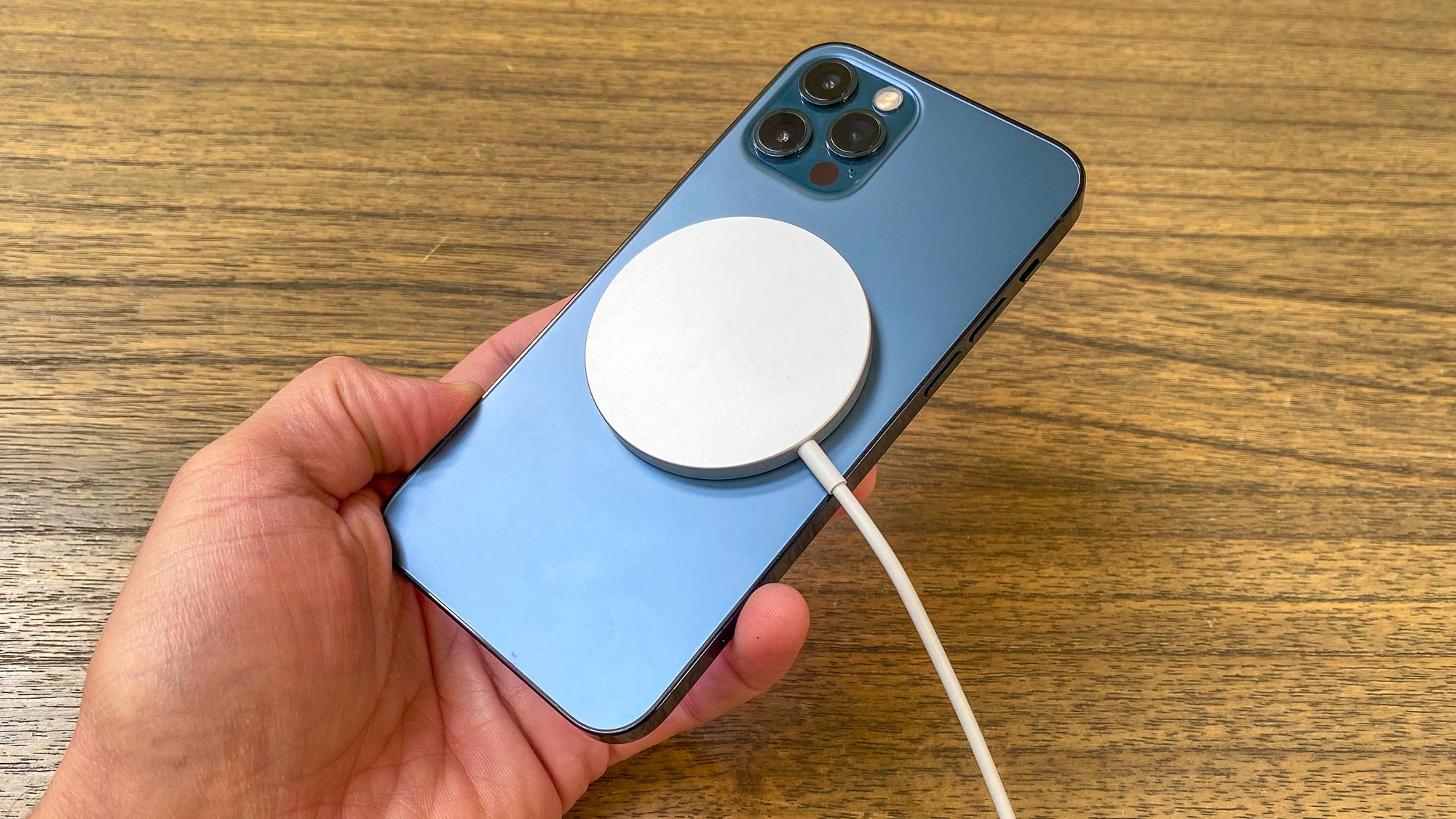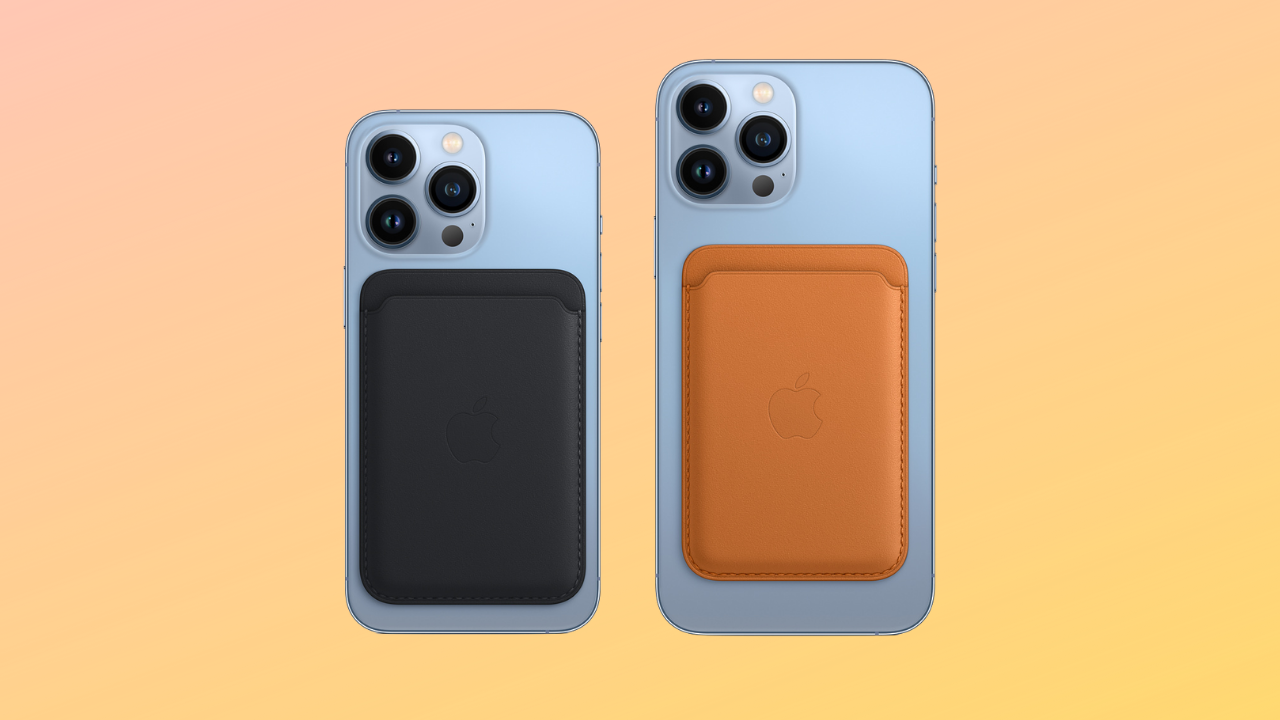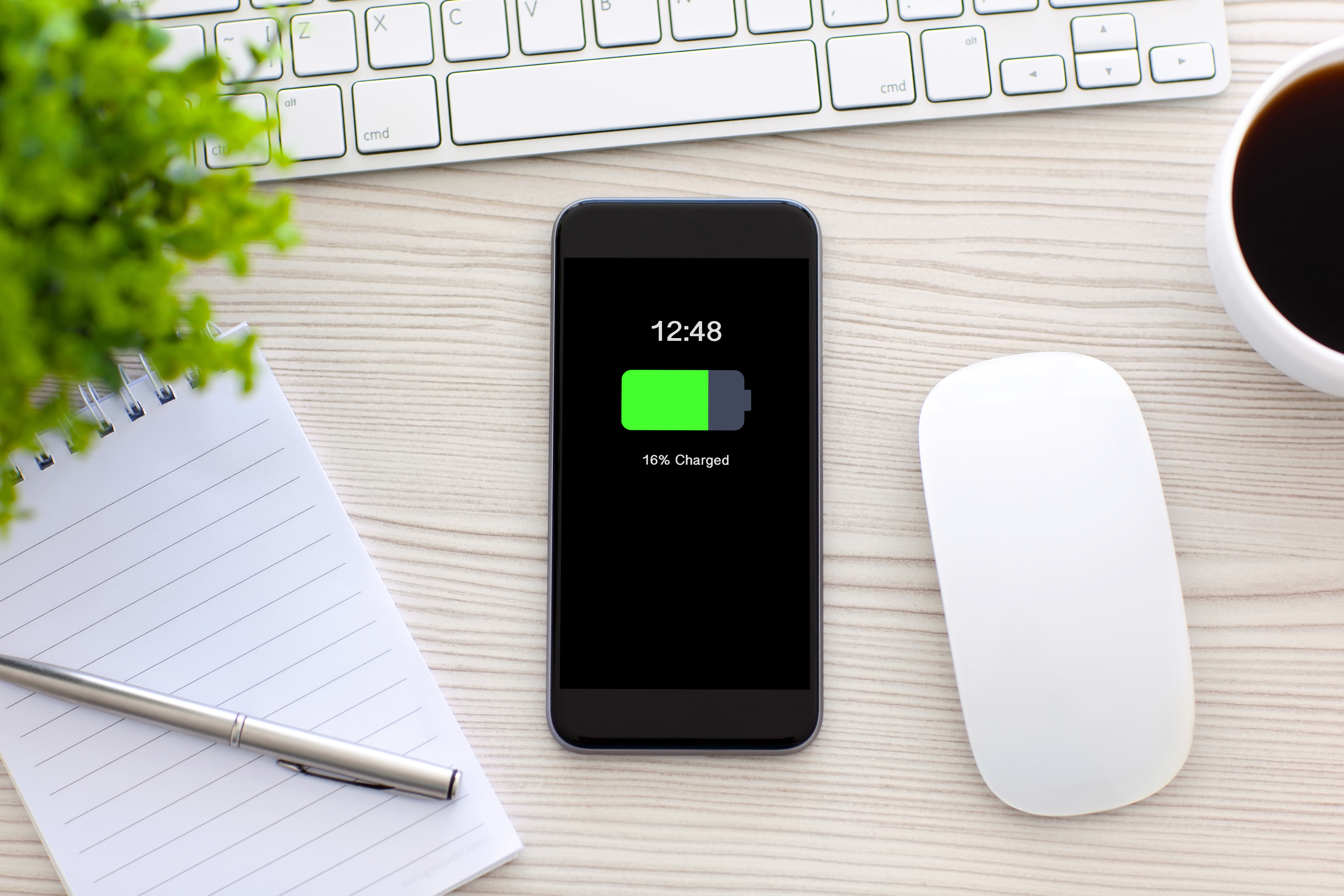iPhone 15 could support Qi2 wireless charging — and that’s huge for Android
iPhone support could give Qi2 a running start

Last week a rumor popped up online claiming the iPhone 15 will support the Qi2 wireless charging standard. What’s more, those chargers will reportedly be able to charge at 15W, the same as Apple’s own MagSafe chargers, without having to go through the Made for iPhone certification process.
This feels like rather an unprecedented move from Apple, and it’s actually rather exciting. Particularly for me, as an Android phone user that has always been rather envious of what MagSafe offers beyond the usual wireless charging capabilities. And it’s all down to the amount of support Apple gets from third-party accessory makers
What is the Qi2 wireless charging standard?

Qi2 is the next generation of wireless charging, organised by the Wireless Power Consortium (WPC) and announced back at CES 2023. The most important thing to note about Qi2 is it's based on Apple’s MagSafe charger, with the company’s blessing, and is set to bring magnetic charging to the best Android phones in the very near future - with the first chargers set to arrive before the end of this year.
iPhones do support Qi wireless charging right now, but charging speeds are cut by 50%. MagSafe currently tops out at 15W speeds, and that means your ordinary, run-of-the-mill Qi charger is limited to 7.5W. Which isn’t very fast at all.
It’s not entirely clear why Qi2 might be different, but the fact it’s essentially a version of Apple’s MagSafe could be the key to it offering faster speeds on iPhones. Normally third party iPhone accessories have to go through official certification before they’re allowed such privileges. The Made for iPhone (MFi) program is designed to ensure accessories are up to Apple’s standards, and that certification doesn’t come free - a cost that is typically passed onto consumers.
No mandatory certification means no royalty payments and licensing fees, which means accessory makers could, in theory, pass those savings onto customers. In short that means we could see a MagSafe-like experience for a much lower cost. And without the loss of charging speed typically associated with non-certified chargers.
Apple has incredibly strong accessory support - and that’s the point

If you’ve ever gone looking at smartphone accessories, be it cases, chargers, or anything of that sort, you’ll notice there’s significantly more choice if you use an iPhone. It doesn’t matter if you’re rocking the latest iPhone 14 or an older model, you’re spoiled for choice compared to other phones.
The difference is especially notable around release, with accessory-makers seemingly scrambling to ensure compatible products are available on day one - or as close as they can muster. It’s not uncommon for me to receive press releases about new iPhone cases before the phones themselves have actually been formally announced.
It’s not a huge surprise, considering how popular iPhones are among people in the United States and Europe. Focusing on Apple products, and the sheer number of people that have them, has the potential to be a lot more lucrative than prioritising the likes of Samsung or Google.
So having Apple on side is incredibly beneficial for Qi2 for that reason alone. Mere compatibility is likely to see an influx of third party wireless chargers that could, in theory, be cheaper than an official MagSafe charger. The fact that Qi2 may be able to offer the same 15W charging speeds as MagSafe is just the icing on the proverbial cake.
Good Qi2 accessory support is far more beneficial for non-iPhones

For iPhone users, Qi2 might seem fairly inconsequential. There are plenty of magnetic chargers out there, Apple-certified or otherwise, and MagSafe is hardly new. So how much does it really matter? Not as much as it does for Android phones, that’s for sure.
The launch of Qi2 opens up a whole new range of accessories for Android phones, all thanks to the array of magnets that differentiate the standard from regular wireless charging. In fact the magnetic charger itself is only the beginning.
Think about the Android accessories you use now. Car phone mounts, wallets, grips, stands, and so on. These products all rely on something extra to keep hold of your phone, such as adhesive or bulky gripping mechanisms. Some rely on magnets too, but that magnet has to stick to the phone somehow, and in my experience it doesn’t like staying there for very long.
Building magnets into the phone, as Apple has done for the past three years, eliminates that need. It’s not likely to stop accessories that need adhesive or gripping functions from existing, but magnetism does offer another alternative. An alternative that could prove to be sleeker and easy to deal with than what’s out there already.
One of the main obstacle to this sort of life is how quickly Android phone makers actually add Qi2 to their phones. Certification documents suggest that the Google Pixel 8 will be sticking with regular Qi wireless charging, which doesn’t bode well for early adoption, though it’s unclear whether we’ll be seeing Qi2 in the likes of the Samsung Galaxy S24 or other major releases in early 2024.
That makes it all the more important that Apple could be supporting Qi2 with the iPhone 15. That gives accessory makers the push they need to produce more Qi2 compatible products, meaning the odds are much higher that we’ll have an ample supply when Qi2 Android flagships finally arrive.
Plus, while Qi2 isn’t identical to MagSafe, it makes perfect sense that Apple would support the technology as early as it can. Apple was, after all, one of the key figures in its development. How this will affect existing MagSafe accessories isn’t clear, but the addition of USB-C connectivity on iPhone 15 means any potential turbulence will be in good company.
Bottom line
Technology can be a fickle thing, and exciting new tech will go absolutely nowhere if it doesn’t have the right support. You only need to look at Windows Phone to see how that might play out. While there’s no doubt Qi2 will spread, starting out in the premium phone segment, a little push certainly can’t hurt the process.
Launching the iPhone 15 with Qi2 support should prove to be the push the technology needs to propagate. Apple is rarely a trendsetter these days, but getting on board with a technology is still seen as a big deal - given how popular iPhones are. Being one of (if not the) first phone to support Qi2 means the standard gets a much-needed boost right out of the gate.
And with that all the other phone companies should follow, and sooner rather than later.
More from Tom's Guide
Sign up to get the BEST of Tom's Guide direct to your inbox.
Get instant access to breaking news, the hottest reviews, great deals and helpful tips.

Tom is the Tom's Guide's UK Phones Editor, tackling the latest smartphone news and vocally expressing his opinions about upcoming features or changes. It's long way from his days as editor of Gizmodo UK, when pretty much everything was on the table. He’s usually found trying to squeeze another giant Lego set onto the shelf, draining very large cups of coffee, or complaining about how terrible his Smart TV is.
